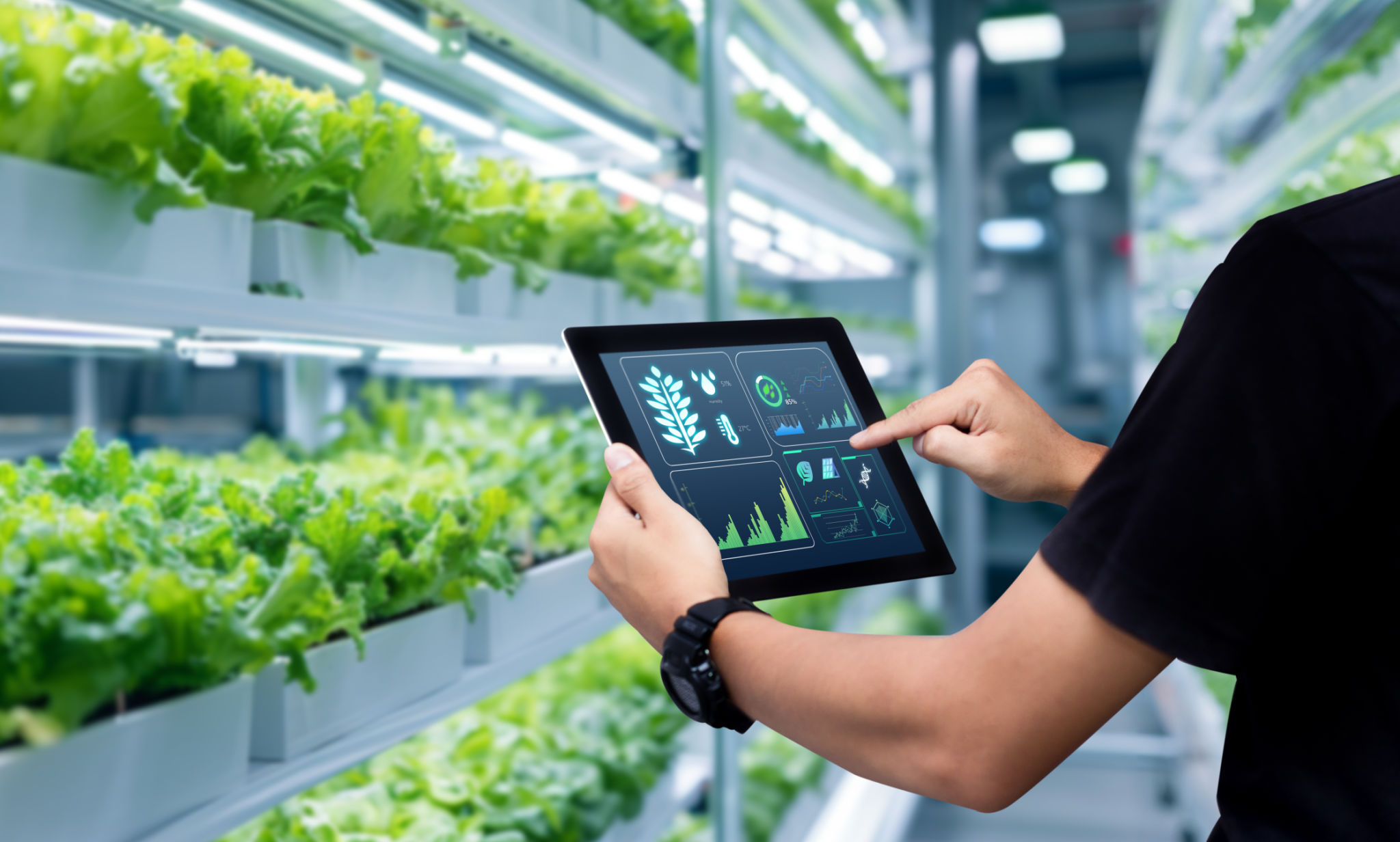Debunking Common Myths About Greenhouse Farming
Understanding Greenhouse Farming
Greenhouse farming is often shrouded in misconceptions, leading many to form inaccurate views about its effectiveness and sustainability. As the world continues to seek sustainable agricultural solutions, understanding the realities of greenhouse farming becomes increasingly essential. This blog aims to debunk some common myths and provide clarity on this innovative farming approach.

Myth 1: Greenhouses Are Only for Growing Exotic Plants
One of the most prevalent myths is that greenhouses are solely used for cultivating exotic plants. While greenhouses are ideal for growing a diverse range of plants, their primary purpose is to create a controlled environment conducive to growing various crops. From vegetables like tomatoes and cucumbers to flowers and herbs, greenhouses support a wide array of agricultural production.
The advantage of greenhouses is their ability to extend growing seasons and improve yields by protecting plants from adverse weather conditions. This versatility makes them an essential tool for both commercial and residential farming operations.
Myth 2: Greenhouse Farming Is Too Expensive
Many believe that setting up a greenhouse is prohibitively expensive, making it accessible only to large-scale operations. However, the reality is that the cost of greenhouse farming can be scaled to fit different budgets. The initial investment does vary depending on the size, materials, and technology used, but there are numerous cost-effective options available.

Additionally, the long-term benefits of greenhouse farming often outweigh the initial costs. By enhancing productivity and reducing losses from pests and weather, greenhouses can offer a significant return on investment over time.
Myth 3: Greenhouses Require Too Much Energy
Another common myth is that greenhouses consume excessive energy, negating their environmental benefits. While it is true that maintaining a controlled environment requires energy, modern greenhouses are increasingly incorporating sustainable practices to reduce their carbon footprint. Many use renewable energy sources like solar panels, efficient heating systems, and automated climate controls to optimize energy usage.
In fact, greenhouse farming can be more environmentally friendly than traditional open-field farming by using water and nutrients more efficiently, thereby minimizing waste.

Myth 4: Greenhouse-Grown Produce Lacks Flavor
Some consumers believe that produce grown in greenhouses lacks the flavor of those grown in natural soil. This myth likely stems from misconceptions about the growing conditions within greenhouses. In reality, greenhouse farming allows for precise control over growing conditions, which can enhance the taste and nutritional value of crops.
By regulating factors such as temperature, humidity, and soil quality, farmers can optimize conditions to produce vibrant and flavorful fruits and vegetables. Many chefs and food enthusiasts appreciate the consistent quality and taste of greenhouse-grown produce.
Embracing the Future of Agriculture
Greenhouse farming represents a forward-thinking approach to agriculture, offering solutions to some of the most pressing challenges in food production. By debunking these myths, we hope to shed light on the true potential of this method.
As technology continues to advance, greenhouse farming will likely play an even more significant role in global food security, providing sustainable options for feeding a growing population while preserving our planet's resources.
